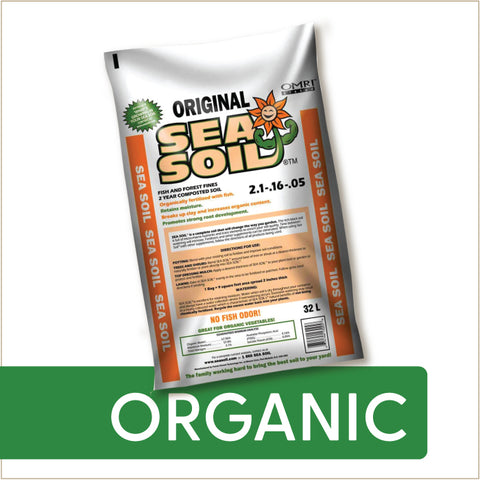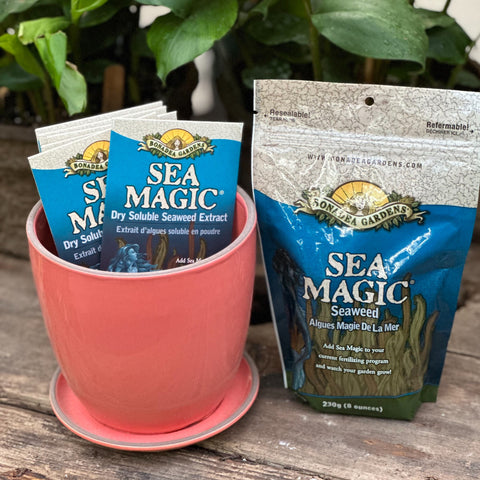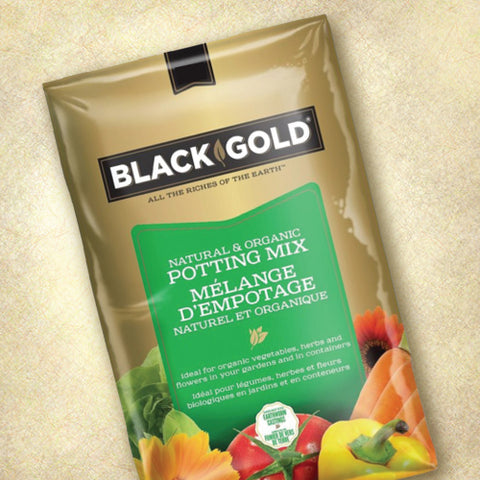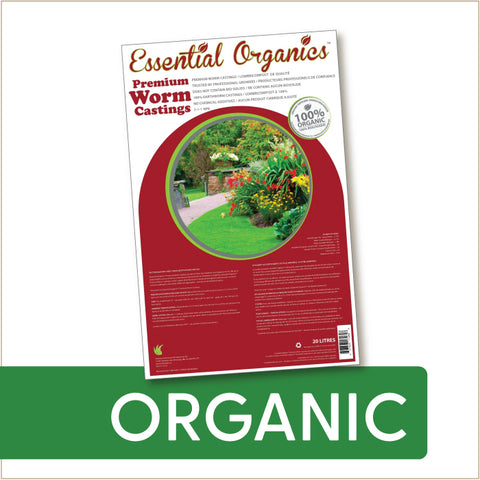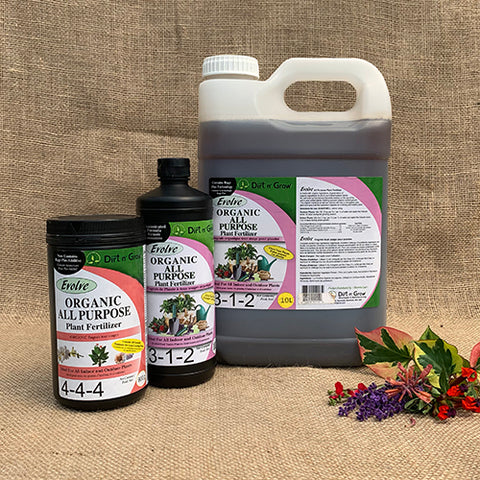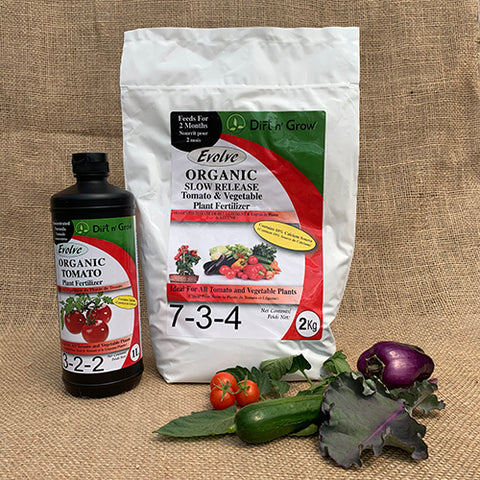Bulbs - Garlic, Portugal Azores (Certified Organic) - PREORDER
$6.99
This item may be out of season or currently out of stock. Please check back.
1 large bulb per pack
Ships / Pick Up in mid-to-late September ~ Ideal planting time is in October
Description: Portugal Azores is a very winter hardy variety (in spite of the name!) and has top-notch pungency and flavour. The cloves are nice and big make this an easier to peel selection. Type: Porcelain
- Harvest early August
- Stores 6+ months
- Average 4 - 6 large cloves per bulb
Certified Organic
Latin Name: Allium sativum
Alternative Names: Porcelain / Hardneck Garlic
Main Uses: Culinary
Zone Hardiness: Zone 2
Exposure: Full sun
Height: 50 cm (20")
Planting: For best results, plant garlic once the weather has cooled off with regular light frosts (early through late October on the prairies). Plant each clove 10 cm (4") deep, with the pointy side facing up. Garlic can be planted in rows approximately 20 cm (8") apart, with 10 cm (4") between plants.
Add a tablespoon of bonemeal in each planting hole, to promote strong root development. Cover the bulbs and water. We recommend that you cover garlic with approximately 8 cm (3") of Garden Straw Mulch or 15 cm (6") of loose leaf mulch for winter protection, to keep soil moisture even, and reduce weeds.
Soil Type: Garlic thrives in well-drained soil. Amend clay soils with leaf litter, compost, coco-earth or other organic materials that improve structure ahead of planting. Avoid planting garlic in low or wet spots in the garden.
Watering: Garlic does like to be watered if soil conditions are dry but overwatering effects bulb quality. Strive for even soil moisture without any sogginess. Watering is stopped approximately 2 - 3 weeks before harvest, to ensure bulbs have good flavour and cure well.
Harvesting & Storing:
Garlic scapes (the flower-like shoots that grow up from the base) can be harvested in mid to late July, and are very delicious! These can be used fresh, and are also wonderful for pickling.
Garlic bulbs are typically ready for harvest in early to mid-August, and a good rule of thumb is to wait until the leaves have started to turn from green to dried-out tan. There is some art to identifying when to dig "perfectly" mature heads, but essentially the bulbs should be full and have most of their skins still on them. Bulbs need to be dug carefully so as to avoid nicking or bruising the bulbs (damage to the bulbs reduces storage time considerably). Roots can be trimmed by 1/3 and any soil GENTLY brushed off the bulbs.
Once out of the ground the garlic is cured for a couple of weeks. This simply involves letting the garlic air dry in a well-ventilated location out of direct sunlight. The garlic can be hung up to cure, or laid out on screens. After two weeks the stalks can be trimmed down and your garlic is ready to go!

